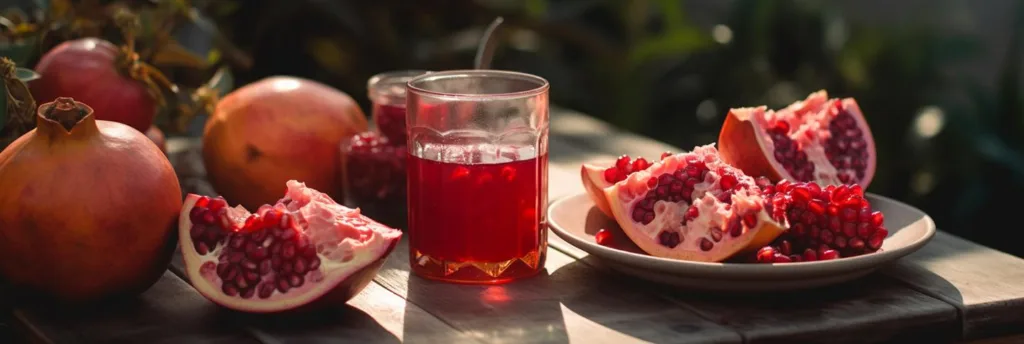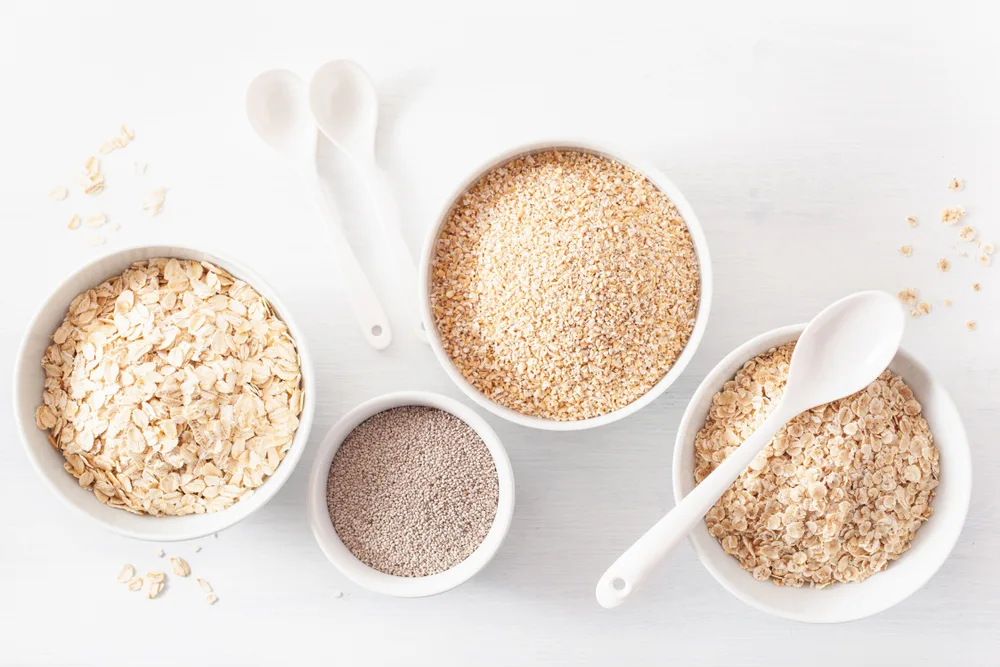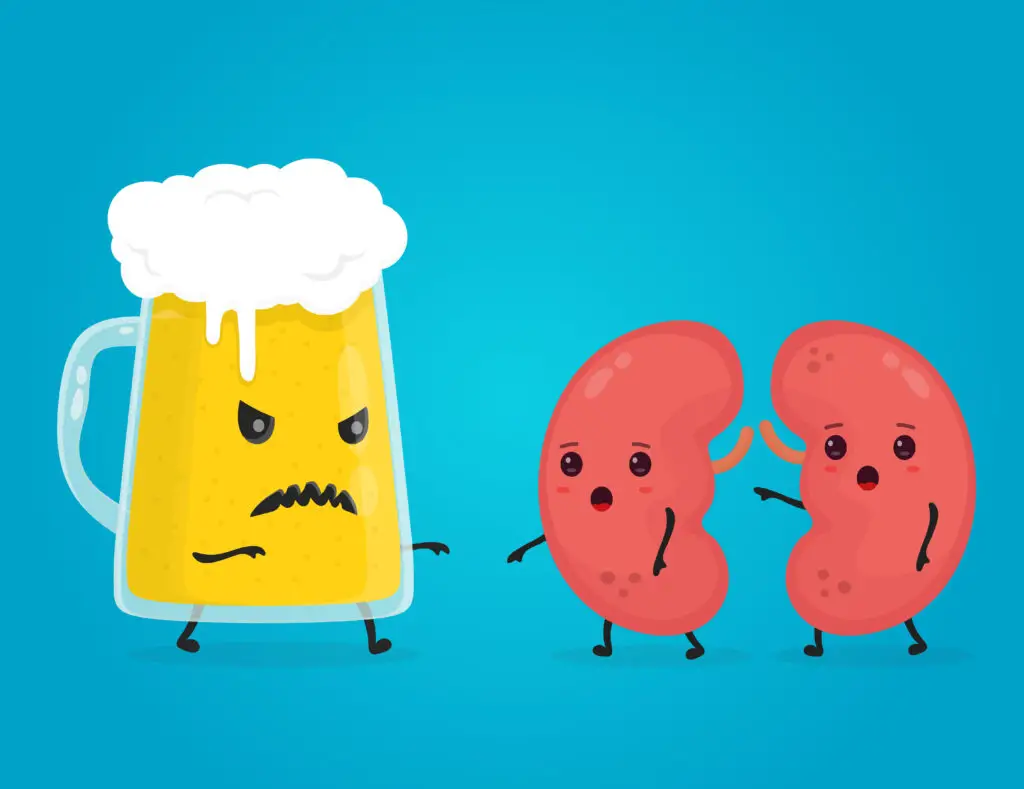Table of Contents
TRANSCRIPT
After turning 50, it’s hard to ignore the changes in your skin, weight, memory, and energy levels. If you’re under 50 and think you’ll deal with it later, that “later” can be daunting. By taking steps now, you can avoid the need for a cure later. It starts with including superfoods into your daily routine. But before we get into that, let’s first understand how your body changes as you reach 50.
First, it’s easier to gain weight and face higher healthcare costs.
For people with severe obesity, the costs will skyrocket. A 2021 study from Harvard School of Public Health shows that healthcare costs are higher for women and people aged 60–70. [1]
One reason is that your body has more fat settling in, disrupting muscle quality. [2] If you don’t eat enough protein, you may face a higher risk of malnutrition and muscle problems like sarcopenia and dynapenia.
Sarcopenia is when muscle shrinks and muscle mass declines. [3] Dynapenia is the loss of muscle strength. Dynapenia develops at a rate 2–5 times faster than sarcopenia. [4] Both can reduce your stamina and balance, increasing your risk of falls and fractures. [5 , 6]
Besides muscle loss, neuron loss and neural damage becomes common after age 50. Damaged areas release neurofilament light (NfL) protein into your blood and cerebrospinal fluid, the fluid around the brain and spine. NfL is a biomarker for nerve damage and degeneration.
Simply put, higher levels of NfL indicate more nerve damage, which can result in Alzheimer’s disease, Parkinson’s disease, Huntington’s disease, ischemia, or memory loss [7]. So, monitoring NfL levels can give you insight into what’s happening with your nervous system.
A 2020 study published in Nature suggests that after age 50, the levels of serum NfL increase significantly. In the 50–60 age group, serum NfL levels increase by around 2.7% a year. For people over 60, the increase is even higher, up to 4.3% annually. [8]
This is what aging does to your body on the inside after 50, so what about the outside? Your skin slows down in renewing cells, produces less oil, and becomes drier.
Thus, your skin gets thinner, revealing more veins and bones. Healing from scratches or bumps takes longer. Pores may look bigger, as dead skin cells build up more. The buildup of oils and dead skin cells also result in white bumps near your eyes, called milia.
Sun exposure isn’t just about getting a tan anymore; it can cause more pronounced wrinkles, dry skin, age spots. It may also lead to rough, scaly patches. [9 ,10 ]
Although these changes are common as we age, they could be a strong signal that it is time to adjust your diet. The saying, “you are what you eat”, certainly rings true here.
Therefore, be mindful of what you’re putting in your body and eat more anti-inflammatory and antioxidant foods. Healthy food choices can lower the risk of common age-related issues like muscle loss, neuron loss, skin aging, obesity, heart disease, and diabetes. [11]
That’s why we’ve compiled a list of top 6 natural superfoods when you reach 50 to keep your mind and body in a good shape!
1. Yogurt
Many older adults are missing out on calcium and vitamin D, along with key probiotics to support overall health. So, when you reach for probiotic-rich yogurt, know that you’re treating yourself to a nutrient-rich feast. [12]
Products with calcium and vitamin D work wonders for bone turnover. Observational studies also suggest that people who drink fermented dairy products, like yogurt and kefir, seem to have a lower hip fracture risk. [13]
A glass of milk or a cup of spinach also gives you a great amount of calcium, and yogurt comes from milk. In a study of over 80,600 postmenopausal women and 43,306 men, all over 50, they found some interesting results. People of both genders who have milk every day have an 8% lower risk of hip issues than those who have milk less than once a week. [14]
Yogurt and milk are also rich in high-quality protein, essential vitamins and minerals, making them especially beneficial for people over 50. Depending on your own needs and preferences, you may want to consider almond or oat milk, especially if you’re sensitive or allergic to dairy.
These milk alternatives are also rich with vitamins and minerals.
2. Berries
Studies shout out loud: the more fruits you eat daily, the less likely you gain weight. [15] So, after turning 50, eating berries is like teaming up with nature against weight gain while enjoying each bite.
Berries have been traditionally used for skin protection against wounds and UV damage. This can help prevent skin problems after 50. [16] Berries are also packed with antioxidant and anti-inflammatory compounds like fibers, vitamins A, C, and E, plus B complex vitamins. [17 ,18 ]
Oxidative stress and inflammation are the troublemakers in aging brains, causing neurodegenerative diseases. Compounds such as epicatechin and quercetin in berries can fight these troublemakers, offering protection against brain aging. Animal studies also found that extracts from strawberries and blueberries can slow down memory loss and even reverse cognitive deficits. [19]
In a 2022 review of studies on older people, it was discovered that consuming berry-based products can improve brain activity, memory, processing speed, and attention. [20]
To wrap up, berries are rich in antioxidants like epicatechin, promoting weight loss and skin health. Berries have also been shown to combat memory loss, particularly in people aged 50 and older.
3. Yams
Yams are packed with vitamins A and C, minerals, and antioxidants that help fight aging. Yams are also full of fiber, which is important for digestion and metabolic health. Fiber can help lower the risks of obesity, diabetes, heart disease, and cancer, especially as you get older. [21 , 22 , 23]
A 2020 study on mice found that Chinese yam polysaccharides (CYP) may improve learning abilities and help recover spatial memory deficits. [24] In this study, CYP also lessens tissue damage in the brain, liver, and kidney of mice by reducing oxidative stress.
Simply put, CYP can boost important antioxidant enzymes, such as superoxide dismutase (SOD), catalase (CAT), and glutathione peroxidase (GPx). These enzymes work together to reduce oxidative stress. [25 , 26 ]
In an older study, yam extracts increased skin hydration by 39–46% compared to a placebo cream. The extract also promoted the growth of human skin cells. [27]
In short, yams are great for people aged 50 and above as they can help reduce the risk of metabolic diseases, improve brain function, and enhance skin health.
4. Spinach
Spinach is a rich source of folate and flavones, which can help fight cancer and heart disease, common diseases in older people. [28] Spinach is also packed with vitamins A and C, which boost collagen and help protect skin from aging. [29 , 30]
Plus, studies suggest that spinach contains flavonoids, which can reduce oxidative stress and inflammation in the brain, improving brain function, especially in older adults. [31 , 32 ]
Spinach is also a great source of fiber that helps reduce inflammation, combating aging. Simply put, fiber feeds good bacteria in your gut. Thus, eating more fiber can help diversify gut bacteria, leading to higher production of anti-inflammatory compounds like butyrate. [33 , 34] Studies also show that adding 10 grams fiber daily can reduce the risk of death from all causes by 11%. [35]
Red spinach takes the spotlight for your skin, as research in rats found a link between red spinach extract and enhanced skin color, hydration, collagen, and elasticity. [36]
Note that spinach is high in oxalates. Oxalates can combine with calcium and other minerals, forming tough crystals that increase the risk of kidney stones. This combination also makes it tough for your body to absorb calcium and other minerals. So if you have kidney problems or osteoporosis and need more calcium, it’s best to skip spinach. [37 , 38 ]
In brief, spinach helps prevent cancer, heart disease, and boosts brain and skin health, making it great for people over 50. Just be careful if you have kidney problems or osteoporosis.
5. Ginger
Ginger is a potential anti-aging medicine and a natural pain-relief remedy embraced by the elderly. [39] Ginger acts like a protective barrier against oxidative stress and inflammation, the culprits behind aging and degenerative diseases.
Now, what’s its secret? Ginger is high in gingerol and shogaol. These compounds offer protection against gut and brain diseases, bacteria infections, diabetes, and even cancer. [40] Ginger extract also packs a dynamic trio of antioxidants—SOD, GPx, and CAT—to beat any metabolic diseases. [41]
In a study from 2022, older women with high blood pressure included ginger in their diet at a dose of 75 mg per kilogram (mg/kg) of body weight per day. Within just 30 days, these women experienced lower blood pressure and fat levels, potentially lowering the risk of heart disease. [42]
And if that’s not impressive enough, ginger can slow down inflammation by reducing the production of inflammatory markers like ROS, COX-2, TNF-α, IL-β, and hs-CRP.
Ginger can act as a brain protector thanks partly to its polyphenolic compounds. [43] A 2019 review study has proven ginger’s anti-aging benefits for memory loss related to amnesia and Alzheimer’s disease. Plus, ginger shows promise in treating arthritis by fighting inflammation in osteoarthritis and rheumatoid arthritis. It is especially effective for relieving stiffness and pain in knee osteoarthritis. [44]
Overall, ginger is great for people over 50 thanks to its anti-aging compounds like gingerol and shogaol. Plus, it can help improve heart and brain function.
6. Salmon and Tuna
Fatty fish, such as salmon and tuna, are high in muscle-building nutrients, such as protein, vitamin D, and omega-3 fatty acids.
Muscle loss is a significant health concern as you age. Older adults need more protein to balance nitrogen level and muscle mass. If you are over age 65, aim for a daily intake of 1–1.2 grams per kilogram instead of the usual 0.8 grams. [45] You can easily get this amount from fatty fish like salmon and tuna. A study suggests if you eat about 150 grams of fish twice a week, after 5–10 weeks, you can see a significant increase in handgrip strength. [46]
Another secret to aging well is vitamin D, which helps fight harmful fat effects and boost muscle growth. Salmon is a great source, with 4 ounces providing about 760 IU of vitamin D, or roughly 95% of your daily needs. [47]
Plus, salmon and tuna are good sources of omega-3 fatty acids, particularly EPA and DHA. Omega-3 fatty acids from fatty fish can also be an easy and affordable way for age-related muscle decline, because they support protein building, muscle mass, and muscle function while fighting inflammation. [48]
Additionally, omega-3s and monounsaturated fatty acids are a powerful combo to fight insulin resistance and fat issues when you reach 50. [49] In a 2019 study, higher fish consumption is linked to a lower risk of dementia in elderly people. [50 ,51 ]
Most organizations recommend that healthy adults consume 250–500 mg of EPA and DHA combined daily. You can get this by eating about 8 ounces of fatty fish per week. [52 , 53 , 54 ]
Conclusion
To sum it up, once you hit 50, it’s critical to adapt to the changes in your body, and that starts with what’s on your plate, and off your plate.
Beyond food, ensure you’re getting quality sleep, intentional movement, managing stress in constructive ways, and connecting with loved ones and nature. These factors are also significant to vitality. And to age gracefully, it’s best to avoid drinking and smoking, as they can lead to premature wrinkles [55]. The small choices you make today pave the way for a smoother future.
Summary
When it comes to your diet, if you want to maintain muscle mass and strength, try yogurt, milk, and fatty fish like salmon and tuna. Veggies and fruits, such as spinach and berries with their vitamins and antioxidants, can fight inflammation for smooth skin, sharp minds, and healthy hearts. Yams and gingers are also great for easing pain and memory issues.
- 6 Incredible Foods to Fight Aging and Give You Youthful Skin Back
- Why Is Music So Powerful? Mind-Body Benefits
- “Why Do I Feel So Ugly”: Reasons and Ways To Cope With It

















Comments
0